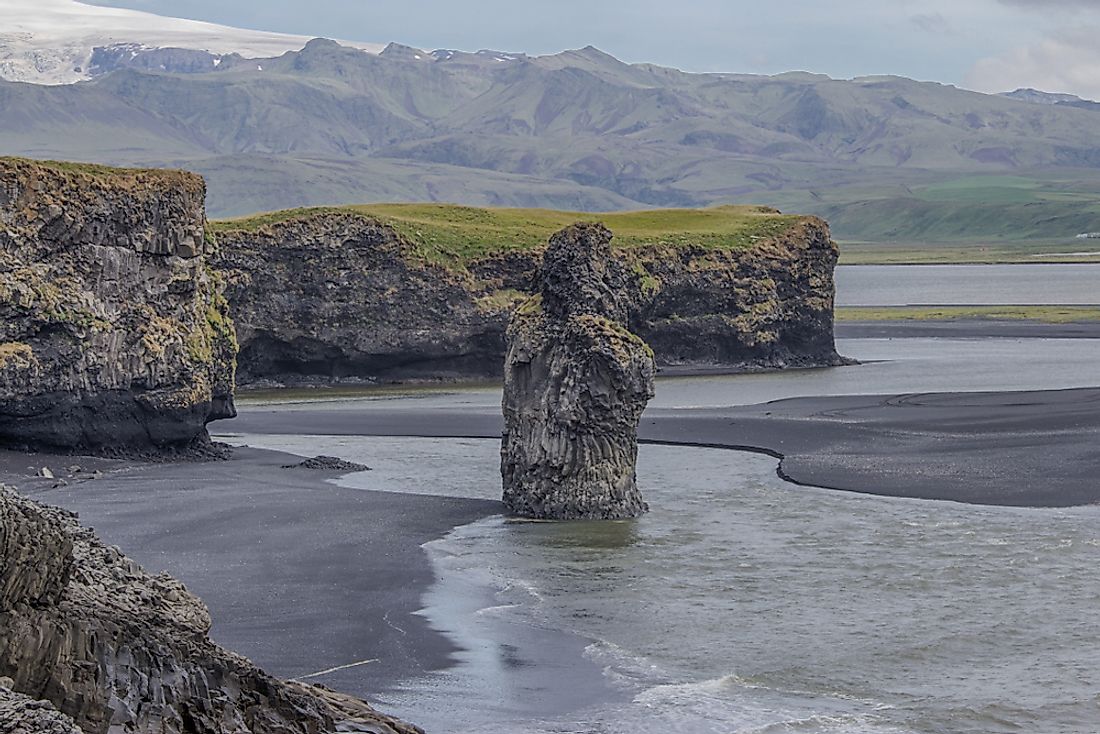What is Sand Made Of?

Sand is a collection of many tiny particles that occur through natural processes. Sand is mainly found in deserts, beaches, and along river banks. The sand in different areas varies in texture, composition, and color. Some of the familiar colors of sand are white, pink, green, and black. Sand in most inland sites such as deserts and river beds is primarily composed of silica. This type of sand appears in the form of a hard, non-decomposing material known as quartz. Sand in tropical beaches consists of calcium carbonate which gives it a white appearance. Some sandy beaches may have black sand particles which is formed from volcanic basalt. Greensand is mainly composed of a mineral known as olivine found in volcanic fragments.
Types of Sand
Quartz
Quartz is one of the most commonly found minerals on the earth’s surface and is the main component in most types of sand. The mineral is formed by the combination of silicon and oxygen to form silicon dioxide. Quartz mostly appears as a transparent or translucent material. The substance is hard, water-insoluble, and does not decompose. Quartz also comes in a variety of colors such as blue, pink, white, green, brown, purple, and red. Some of the quartz is classified as semi-precious material that is used in making jewelry.
Calcium Carbonate
Calcium carbonate is a common mineral used in the formation of sand. Sand whose main constituent is calcium carbonate is mostly found in regions where coral reef is in abundance. These areas include tropical islands in the Caribbean. Calcium carbonate sand is the second most common sand in the world. The sand is formed over a period of more than 500 million years from natural material such as shellfish and coral reef. Calcium carbonate is white and it occurs in the form of aragonite, limestone, calcite, and dolomite. The substance decomposes when exposed to certain warm conditions.
Volcanic Basalt
Volcanic basalt is a black substance often found among sand particles. Sand formed from volcanic basalt mainly consists of minerals such as magnetite, chlorite, and gypsum. This sand is black although it sometimes reacts with substances in the environment and may change color over time. The shape and structure of volcanic basalt are determined by how the material erupted whether in the open air or under the water surface.
Olivine Sand
Olivine sand has a high content of the mineral olivine. This sand is formed through the chemical combination of magnesium, iron, and silicon. Olivine sand mostly has a green appearance, and it is a high-density substance. The olivine sand is prone to weathering especially when exposed to water. In some cases, olivine sand particles are used in making jewelry. The sand is also used in saunas in Finland due to its high density and ability to withstand heat.
Uses of Sand
Sand is one of the many natural resources in the world. Sand has many diverse uses throughout the world. The most common use of sand is in the construction industry where it is a major component in making concrete. Sand is also often used in the aquarium industry as a cost-effective base for the aquarium. In the sporting world, some sporting activities such as beach volley ball require sand.











